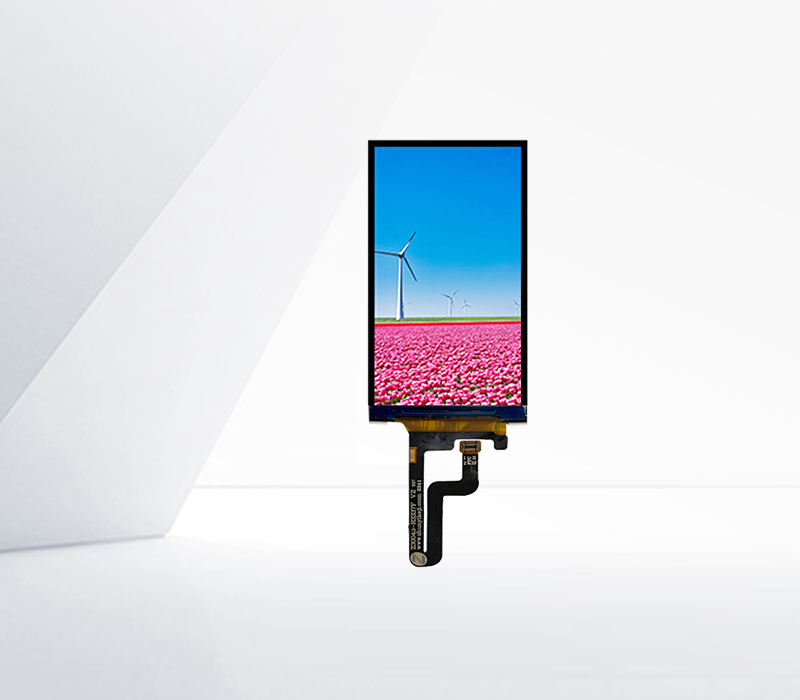




In the modern digital age, touch displays have become an integral part of various devices, from smartphones and tablets to interactive kiosks and digital whiteboards. One of the most advanced features of touch displays is handwriting recognition, which enables users to input text directly on the screen using a stylus or their fingers. The accuracy of handwriting recognition on touch displays is a crucial factor tha
Several technologies are employed to achieve handwriting recognition on touch displays. One common approach is based on capacitive sensing. Capacitive touchscreens detect changes in electrical capacitance when a conductive object, such as a finger or a stylus, comes into contact with the screen. By analyzing the patterns of these capacitance changes, the system can determine the position and movement of the input, which is then translated into text. the accuracy of capacitive - based handwriting recognition can be affected by factors such as the size and shape of the input object, the surface texture of the screen, and the presence of moisture or other contaminants.
Another technology used for handwriting recognition is electromagnetic resonance (EMR). EMR - based touch displays use a stylus that emits a specific electromagnetic signal. The display detects this signal and can accurately track the position and movement of the stylus with high precision. EMR technology offers several advantages over capacitive sensing, including higher accuracy, pressure sensitivity, and the ability to work at a distance from the screen. This makes it ideal for applications that require precise handwriting input, such as digital art, graphic design, and note - taking.
The software algorithms used for handwriting recognition also play a significant role in determining its accuracy. These algorithms are designed to analyze the input patterns and match them with a database of known characters. Advanced machine - learning techniques are often employed to improve the accuracy of these algorithms. For example, neural networks can be trained on a large dataset of handwritten samples to recognize a wide variety of writing styles and characters. Some handwriting recognition software also supports continuous input, allowing users to write multiple characters without lifting the stylus or finger, further improving the efficiency of text input.
Manufacturers are constantly striving to improve the accuracy of handwriting recognition on touch displays. They are investing in research and development to optimize both the hardware and software components of touch displays. For instance, some companies are developing new materials for touchscreens that offer better sensitivity and durability, while others are refining their handwriting recognition algorithms to make them more robust and accurate.
